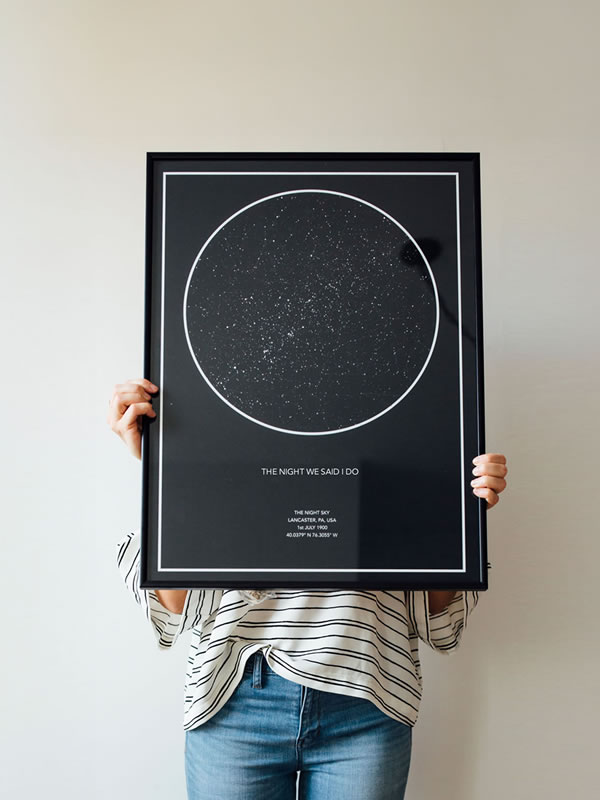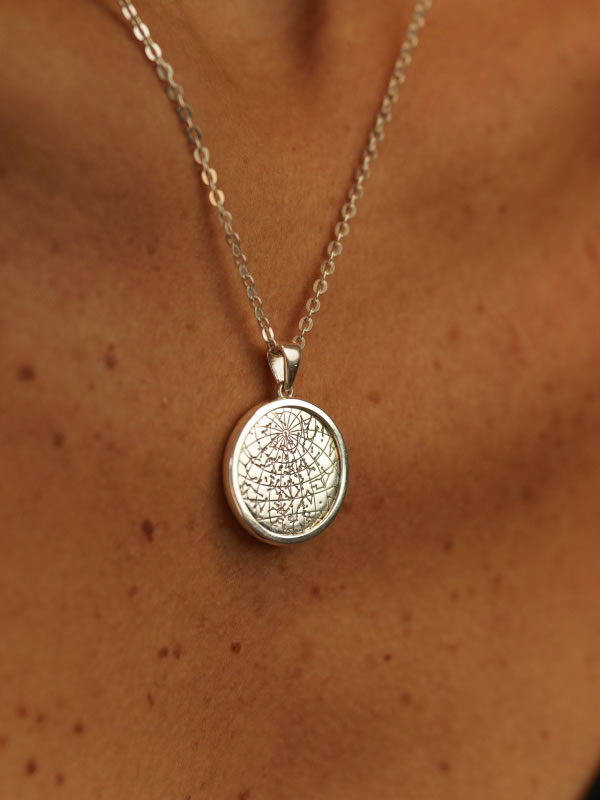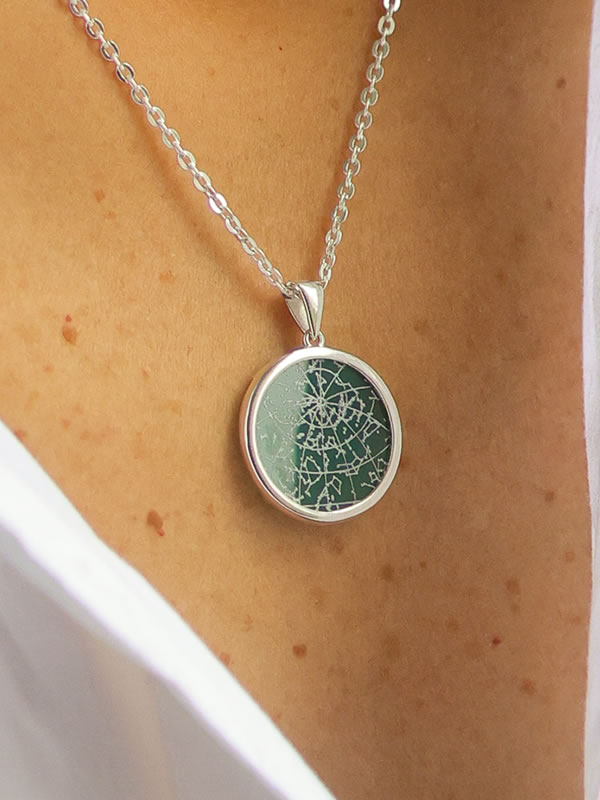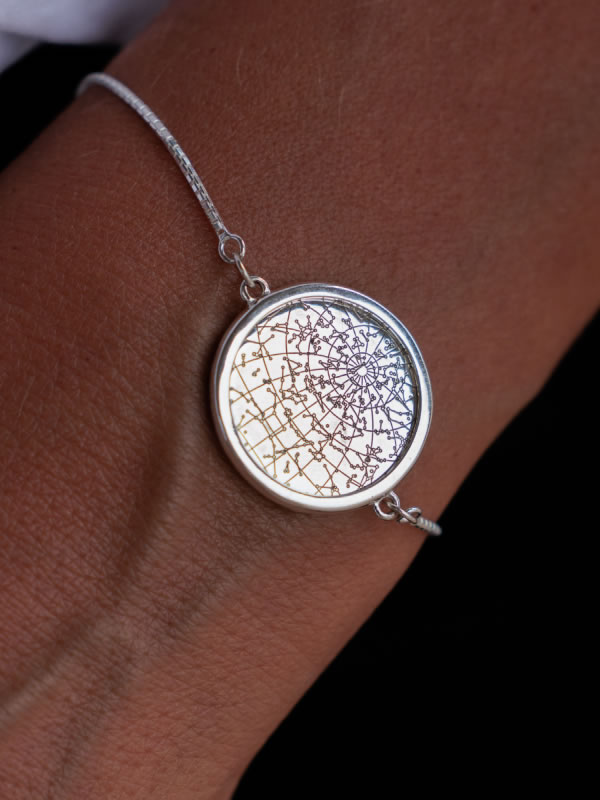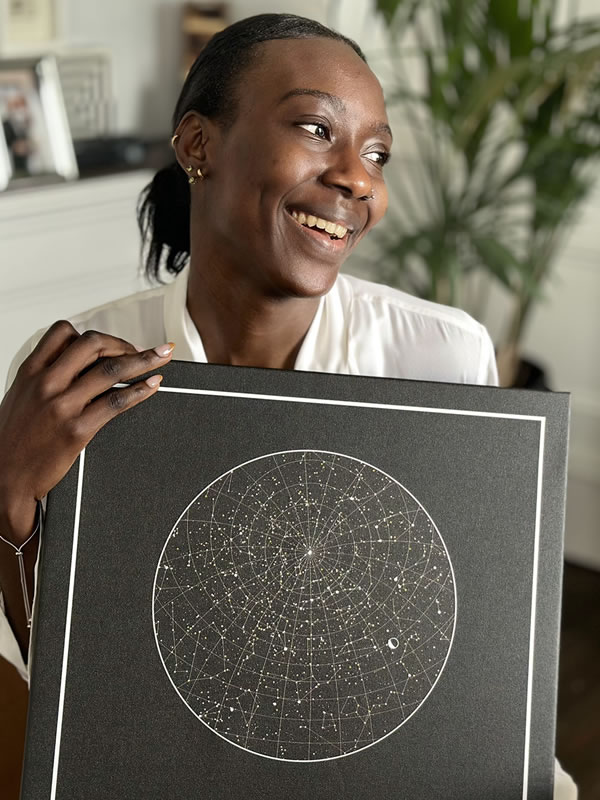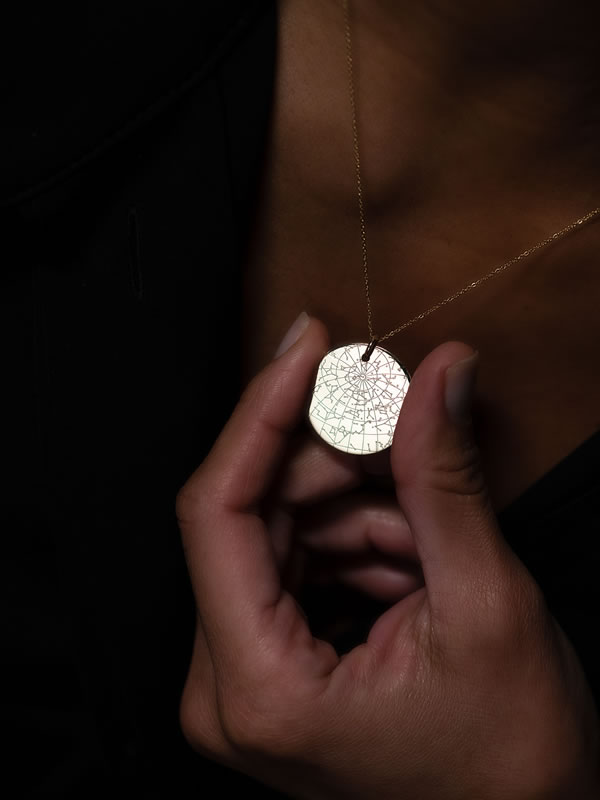Blue Moon, Harvest Moon, Hunters Moon – Explaining the different moon types
Our nearest neighbour is a rock, roughly a third of the size of Earth, which orbits our planet. And never does it captivate our awe and attention more, than when it is a full moon. There are also several different names given to a full moon – when the entire face of the satellite is fully illuminated from our perspective.
BLUE MOON
A full moon occurs roughly every 29.5 day. So usually, there’s one full moon every month. However, as they are more than 29.5 days in 11 of our 12 months, there are the odd occasions when two full moons will fall into the same calendar month. When this does happen, the second of these full moons is called a Blue Moon.
But there’s more! There are usually three full moons in a season – the period between an equinox and a solstice. However, there are also times when a single season will include four full moons. When this occurs, the third full moon of the season is also called a Blue Moon.
Whichever Blue Moon you may be referring to, they don’t happen too often, and it’s where the term ‘once in a blue moon’, which means when something rare occurs, originates from.
HARVEST MOON
The full moon nearest to the fall, or autumnal, equinox is known as the Harvest Moon. It is considered to be the biggest and brightest full moon of the year, and over a period of several days rises into the night sky soon after sunset. Its name dates back to a time before the discovery of electricity, when farmers relied on natural light to work late into the night, as they raced against time and Mother Nature to harvest their crops before colder weather and frost set in.
The Harvest Moon kicks off several traditions and celebrations around the world. A number of East and Southeast Asian cultures celebrate a festival around the Harvest Moon that is among their year’s most important holidays. The autumnal equinox heralds the start of autumn (fall) and the end of the growing season in the Northern Hemisphere, and is usually on September 22-23. Therefore, the Harvest Moon tends to occur in September or October.
HUNTERS MOON
The Hunter’s Moon is the first full moon to follow the Harvest Moon, and usually occurs in late October or early November.
Like the Harvest Moon, its name is thought to originate from days of yore. And the Hunter’s Moon also rises early in the evening/night, allowing for longer periods of natural light.
The Hunters Moon takes its name from a time in the year, historically ideal for hunting. Traditionally, in days before the discovery of electricity, time after the harvesting of crops were spent hunting and preserving meat ahead of the long, cold winter months which lay ahead. The early rise of the full moon provided extended hours of moonlit evenings, which helped hunters spot and stock up on game, ensuring enough food supply for the upcoming winter months.
To many, the Hunter’s Moon marks the end of harvest, and the final stage of preparation for winter.
Made From the Finest Materials
A Night Sky is designed to last generations.

